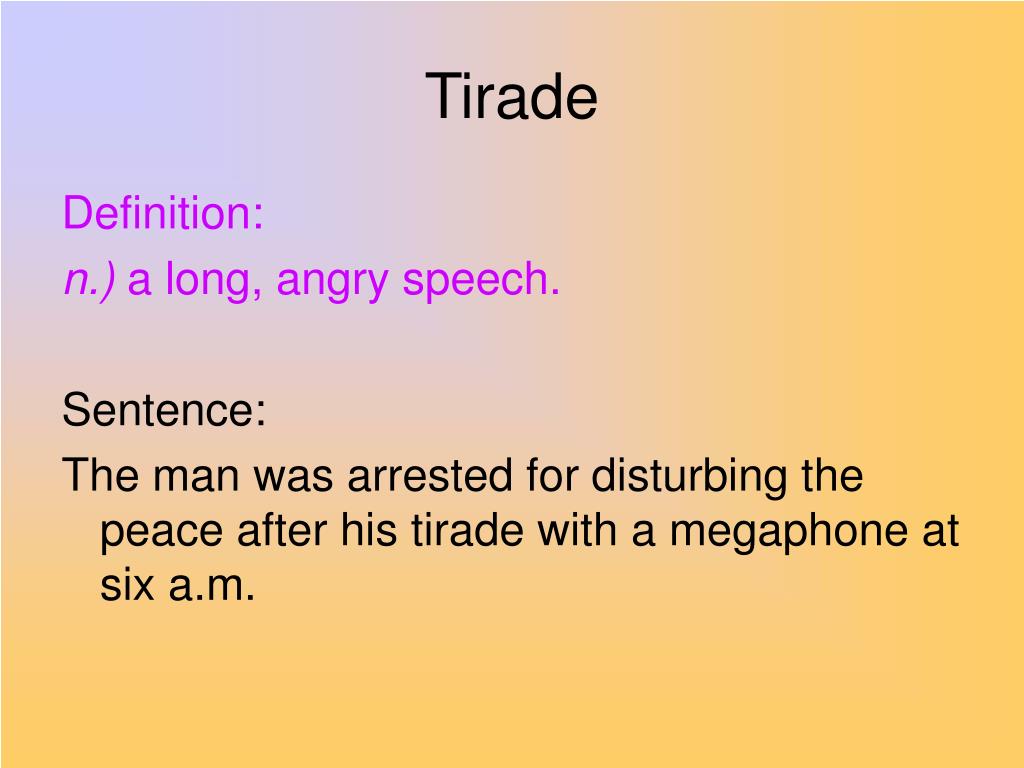

WordBuild is a morphology-based vocabulary program. WordBuild’s Approach To Teaching Vocabulary With each lesson’s activity located on its own page, it isn’t likely that students will get lost while working.Īlthough the books should work just fine in a homeschool setting with a single student, it can mean that parents may need to adjust some of the dialogue and discussion ideas to fit. While not particularly stunning to look at, the Student Activity Books are pretty straightforward and easy to use. The books are black and white and consumable, providing a fair deal of space for students to write in their responses. The WordBuild Student Activity Books are where students do most of their work.Īs might be inferred by the name, these Student Activity Books contain the various activities that students will complete as part of their lessons, such as: WordBuild is a fairly compact program and doesn’t require too much to teach it.Įssentially, there are two components at any given level – a Student Activity Book and a Teacher’s Edition. While not exactly uncommon with language arts programs, it can be a little more challenging and take a little more time for new homeschooling families to find their place.

Unfortunately, there are no placement tests for WordBuild as of writing.Īlthough the division between Foundations (elementary) and Elements (middle school/high school) does provide a rough guideline, parents will ultimately need to go through the scope and sequence of each level and make their own judgment call based on the current readiness, abilities and knowledge of their student in language, reading and comprehension.
#WORD BUILD VS WORDLY WISE ONLINE SERIES#
Parents should note, however, that the books are sequential and the material they introduce is built upon in later books, so students moving into the program really need to start at the beginning of each series (Foundations I/Elements I). In fact, because the books make no real obvious reference to grade level, they can be a lot easier to use in remediation as they should cause no real embarrassment to older students. There is nothing stopping a precocious grade 1 student from starting the series and working through it ahead of schedule, for instance, or for a struggling language student to go back and brush up on their prefix/suffix learning. That said, there is no real hard and fast rule when it comes to grade levels in this program and it can be started by homeschooling students at any age provided their language and comprehension skills are up to it. Įlements, which builds upon the learning in Foundations and touches on more advanced topics such as word roots, is aimed at students in grades 5-12 (or middle and high school), and has three levels to it (Elements I, II, & III). There are two series in the program, Foundations and Elements, each of which is designed to target a different range of grades.įoundations is largely aimed at grades 2-5 (or the elementary school level) and has two levels to it (Foundations I&II). WordBuild is designed to be used by students from about grade 2 to 12. What Ages Or Grades Is WordBuild Intended For? Through a series of short lessons students study prefixes, suffixes, and word roots, as well as their relevant grammar and spelling rules, so that they can build the skills they need to decode the meaning of any new words they might encounter. Teacher’s Guide is written for classroom settingĬreated by Dynamic Literacy, the WordBuild Vocabulary Development System (or WordBuild for short) is a morphology-based supplemental vocabulary program designed to help students develop and expand their vocabulary without the need for a lot of drill or rote memorization.


 0 kommentar(er)
0 kommentar(er)
